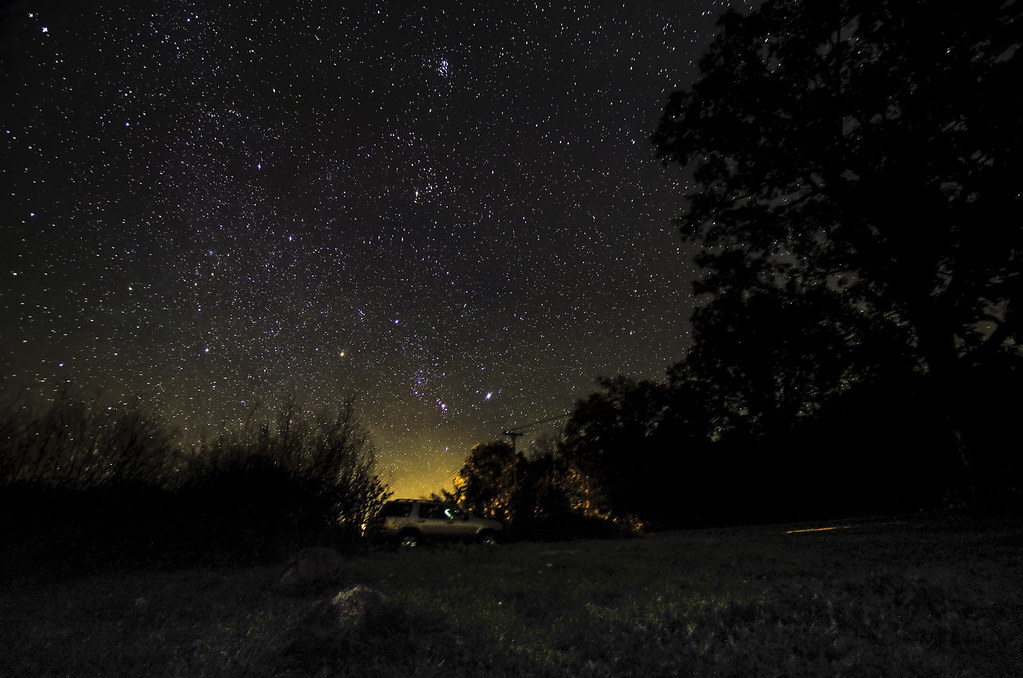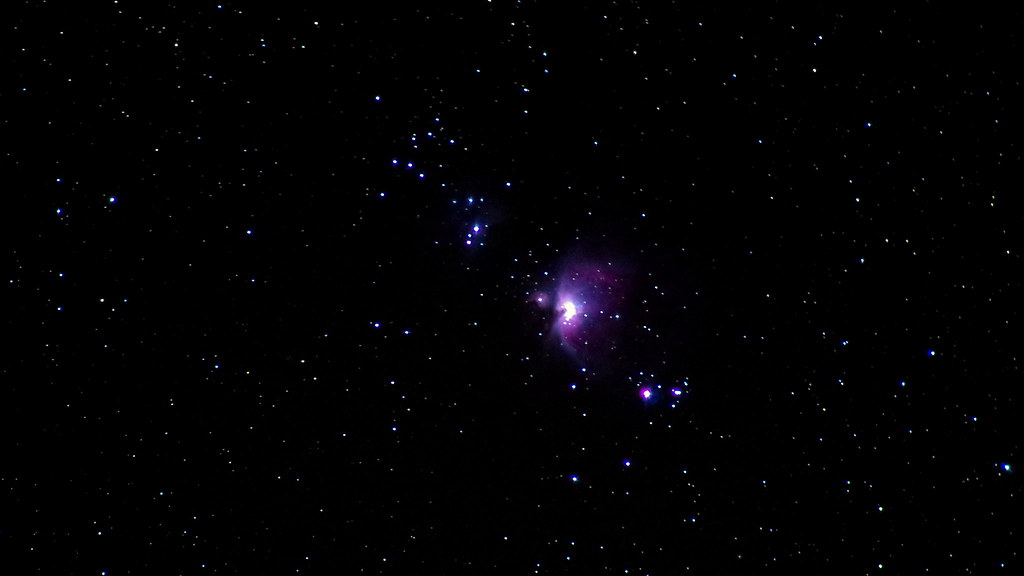 Originally posted by maxxxx
Originally posted by maxxxx 
I can't figure out how to get reliable tracing from my AstroTracer unit. Sometimes it works perfectly but then all of a sudden I get a lot of star trails. I have been trying to see a pattern but have found nothing so far. Two things I have noticed:
- It seems to work better if pointed towards north at flat angle. But even then suddenly the tracking gets worse.
- After calibration it works best with the first object I am pointing it to. If I point it to another object the tracking gets worse.
Has anybody found a pattern what works/doesn't work with the AstroTracer?
From my own experiences...
Be aware of the topography you're shooting at. I've notice that when I shoot out in the boonies (or from my bedroom window of all places) I can track almost flawlessly. Out on the flat by the river? Forget it. Turns out that theres a lot of iron slag under the ground out there, which is probably causing the tracer to go haywire.
Ditto for your tripod. I had my best results by far tracking one night when I forgot my tripod head and was forced to improvise using a rock and a hat as a prop to hold the camera steady. (in other words, go old school and get a wooden or modern and get a poly tripod - avoid metal)
Did I mention avoiding metal? 'cause it seems to cause the tracer to go goofy.
Then again, that's just my experiences, YMMV of course.
These were my two 'hat' shots, just to show what I pulled off. First was UWA, so was easy-ish
90 seconds @ 10mm

Second was much less so.
This was a 60 second exposure at 300mm.



 Similar Threads
Similar Threads 























